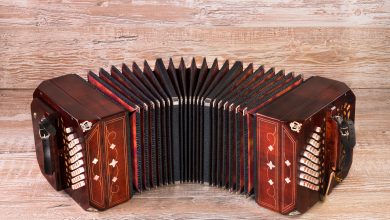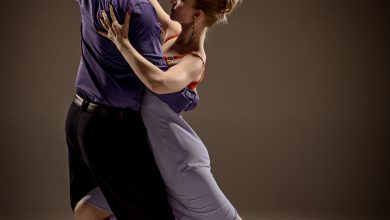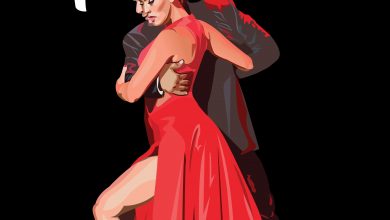What is the Argentine Tango Dance and its Music?

Argentine Tango is a musical genre and dance that originated in the second half of the 19th century in the suburbs of Buenos Aires, Argentina and Montevideo, Uruguay. It typically has a 2/4 or 4/4 rhythm. Argentine Tango lyrics are known for nostalgia, sadness, and lost love. The Argentine Tango orchestra usually has several melodic instruments and gets its distinctive sound from the bandoneon, a type of accordion with small buttons. Argentine Tango has grown in popularity as a result of spreading internationally. The musical style of the years has added modern elements while retaining the older more traditional elements. Among tango’s leading stars are the singer and songwriter Carlos Gardel and composers/performers Francisco Canaro, Juan D’Arienzo, Carlos Di Sarli, Osvaldo Pugliese, and Ástor Piazzolla.
The origins of argentine tango are uncertain because of a lack of historical documents from the 19th century. It is generally agreed that the tango dance developed in the late 19th century in working-class neighborhoods of Buenos Aires, Argentina and Montevideo, Uruguay and was practiced by both Uruguayan and Argentine dancers and musicians, as well as immigrant laborers.
Argentine tango music is extremely varied. Tango music has been composed by a wide variety of different orchestras over the last hundred plus years. There a large volume of argentine tango music, with a breadth of style differences between the various orchestras. This is what allows Argentine tango dancers to spend the whole night dancing only Argentine tango without getting bored. The four schools of Argentine tango music are considered to Carlos Di Sarli, Juan d’Arienzo, Aníbal Troilo and Osvaldo Pugliese. All four are descended from Italian immigrants. All of these orchestra leaders played music created for dancing. Ástor Piazzolla stretched the argentine tango genre and moved the tango from the dance floor to the concert stage.
In the 1990s a new generation of argentine tango dancers began dancing tango steps to music from other genres, for example, “world music”, “electro-tango”, “experimental rock”, “trip hop”, and “blues”. Tango nuevo dance is frequently associated with alternative music but it can be danced to argentine tango as well.



